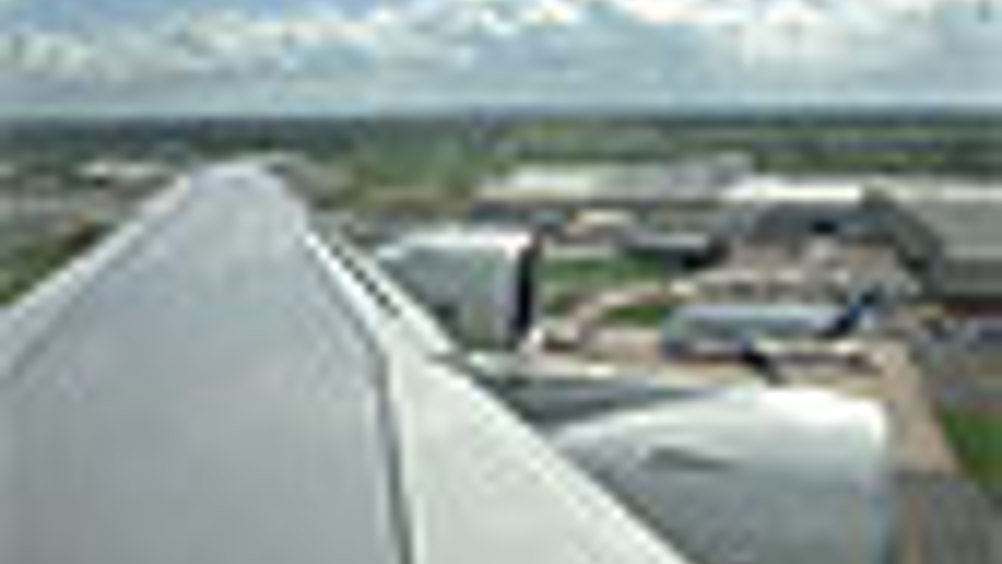Tour de force
Despite technological advances fluid-powered hydraulics systems are still the best way to lift and manoeuvre large, heavy objects, from aircraft parts to film industry special effects, says Colin Carter.

Although there have been some amazing advances in automation over the past 25 years, hydraulics is still the best way to supply forces for large-scale movement jobs.
And the technology looks set to remain viable for years to come because it is safe, reliable — especially when it comes to moving large objects — and most importantly is cost-efficient to install and maintain.
At the
facility at Filton, near Bristol, for example,
supplied complete hydraulic systems for lifting and manoeuvring Airbus A400m wings during assembly.
The systems, comprising 16 separate hydraulic platforms for two wing jigs, were designed to lift the 23m-long carbon fibre reinforced composite wings. The lifting process has to be level, so the synchronisation of the lifting cylinders has to be a very high degree.
Control of the platforms is by Rexroth HNC100 digital axis controllers with linear transducers, which provide the accurate positional feedback necessary to synchronise the two cylinders. This system has proved to be capable of lifting the wings in place to an accuracy of +/- 2mm over a stroke length of around 3.5m using linear slides.
Register now to continue reading
Thanks for visiting The Engineer. You’ve now reached your monthly limit of news stories. Register for free to unlock unlimited access to all of our news coverage, as well as premium content including opinion, in-depth features and special reports.
Benefits of registering
-
In-depth insights and coverage of key emerging trends
-
Unrestricted access to special reports throughout the year
-
Daily technology news delivered straight to your inbox










Comment: The UK is closer to deindustrialisation than reindustrialisation
"..have been years in the making" and are embedded in the actors - thus making it difficult for UK industry to move on and develop and apply...